Table of Contents
- What Makes Perfect Blackened Chicken Different
- The Best Blackened Chicken Seasoning Recipe (Simple & Balanced)
- Step-by-Step: How to Make Blackened Chicken at Home
- 3 Delicious Flavor Variations Anyone Can Make
- Pro Tips for Crispy Crust Without Burning
- Common Blackening Mistakes & How to Avoid Them
- Perfect Side Dishes That Complement Blackened Chicken
- Frequently Asked Questions
What Makes Perfect Blackened Chicken Different
Blackened chicken isn't just charred chicken—it's a specific cooking technique that creates a flavorful crust through controlled high-heat cooking. Unlike grilled or baked chicken, blackened chicken develops a complex spice crust that's crispy on the outside but stays juicy inside. The magic happens when spices toast and caramelize on contact with a smoking-hot surface, creating deep flavors you can't get any other way.
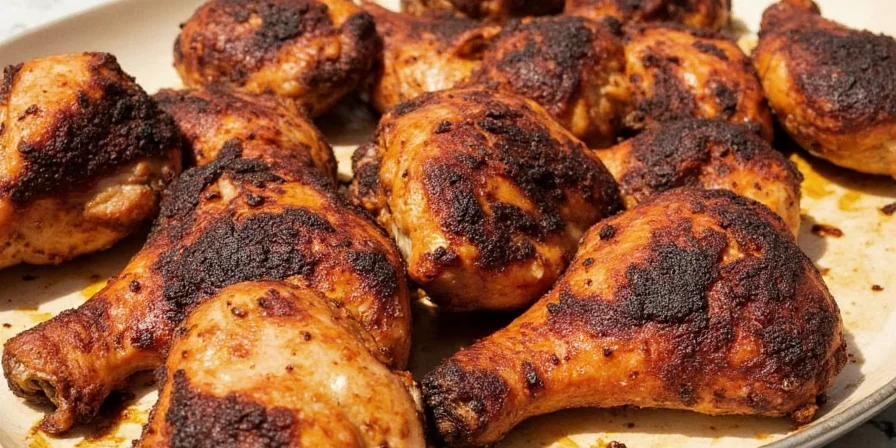
Why Temperature Matters Most
The secret to authentic blackened chicken is getting your pan hot enough—but not too hot. Your skillet needs to be hot enough that spices instantly sizzle when they hit the surface (around 400-450°F), but not so hot that everything burns immediately. If your kitchen fills with thick smoke within seconds, your pan's too hot. When done right, you'll get that signature dark crust without bitter, burnt flavors.
The Best Blackened Chicken Seasoning Recipe (Simple & Balanced)
Forget complicated spice mixes—this 6-ingredient blend creates perfect flavor balance without overwhelming heat. What makes this different from store-bought mixes? It has just the right amount of paprika for color, cayenne for warmth (not fire), and herbs that actually toast beautifully.
| Ingredient | Amount for 4 Servings | Why It Matters |
|---|---|---|
| Paprika (not smoked) | 2 tablespoons | Creates rich color without overpowering smoke flavor |
| Cayenne pepper | 1 teaspoon | Provides gentle warmth that builds gradually |
| Garlic powder | 1 tablespoon | Adds savory depth that intensifies when toasted |
| Dried thyme | 1 teaspoon | Herbal note that withstands high heat better than fresh |
| Black pepper | 1 tablespoon | Freshly ground works best for maximum flavor release |
| Salt | 1.5 tablespoons | Essential for crust formation—don't skip it! |

Pro Tip: Make It Stick Better
Pat chicken dry thoroughly, then lightly coat with olive oil or melted butter before applying seasoning. Press the spices firmly onto the chicken—don't just sprinkle. For extra-crispy crust, let seasoned chicken sit 10 minutes before cooking to help the spices adhere.
Step-by-Step: How to Make Blackened Chicken at Home
Follow these simple steps for restaurant-quality blackened chicken without special equipment:
- Dry the chicken: Pat boneless, skinless chicken breasts completely dry with paper towels (moisture prevents crust formation)
- Season generously: Coat all sides with olive oil, then press seasoning mix firmly onto chicken
- Heat your skillet: Use cast iron or heavy-bottomed pan on medium-high heat for 3-4 minutes until very hot
- Test the heat: Flick a few seasoning grains into pan—they should sizzle immediately
- Cook without moving: Place chicken in pan and cook 5-6 minutes per side without stirring
- Finish properly: Transfer to plate and rest 5 minutes before slicing (keeps juices inside)
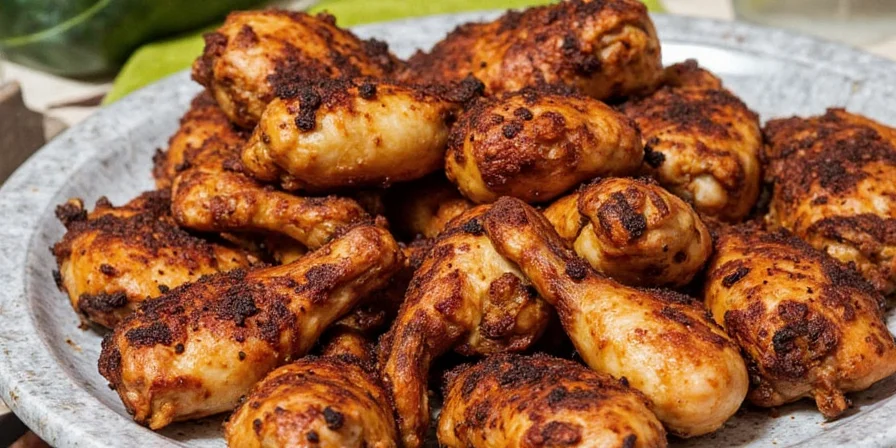
3 Delicious Flavor Variations Anyone Can Make
Once you've mastered the basic technique, try these easy twists:
- Lemon-Herb Blackened: Add 1 tablespoon lemon zest and 2 tablespoons chopped fresh herbs to the seasoning mix
- Spicy Cajun-Style: Double the cayenne and add 1 teaspoon each of onion powder and dried oregano
- Smoky-Sweet Version: Replace half the paprika with smoked paprika and add 1 teaspoon brown sugar

Pro Tips for Crispy Crust Without Burning
These practical techniques solve the most common blackening problems:
- Control the smoke: Turn on your exhaust fan and keep a lid nearby (you shouldn't need it, but have it ready)
- Perfect pan temperature: If spices burn immediately, reduce heat slightly after the first 30 seconds
- Thickness matters: For uneven chicken breasts, pound thicker end to match thinner end for even cooking
- Don't crowd the pan: Cook 2 breasts at a time in a standard skillet for proper heat circulation
Common Blackening Mistakes & How to Avoid Them
Clear up confusion about this popular cooking method:
| Myth | Reality |
|---|---|
| "You need special equipment to blacken properly" | Any heavy skillet works—cast iron is ideal but stainless steel works too |
| "Blackened chicken should be completely black" | Properly blackened chicken has dark brown crust, not actual black carbon |
| "You can't make it indoors without setting off alarms" | With proper ventilation, indoor blackening creates minimal smoke |
| "It's always extremely spicy" | Adjust cayenne to your taste—traditional blackened isn't overwhelmingly hot |
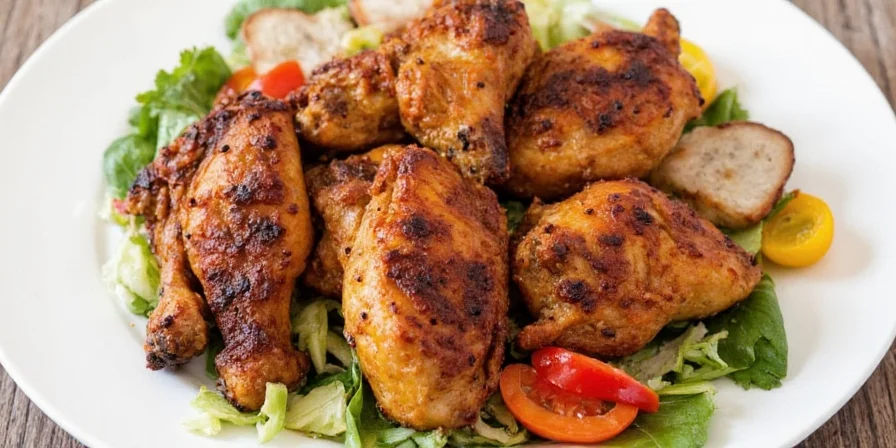
Perfect Side Dishes That Complement Blackened Chicken
Choose sides that balance the bold flavors:
- Citrus Slaw: Tangy cabbage slaw cuts through richness (try with orange or lime)
- Wild Rice Pilaf: Nutty rice absorbs flavorful juices while adding texture contrast
- Avocado Salad: Creamy avocado cools the palate while enhancing spice flavors
- Lemon-Dill Potatoes: Bright herb flavors complement the toasty spices
- Grilled Asparagus: Simple preparation lets chicken remain the star
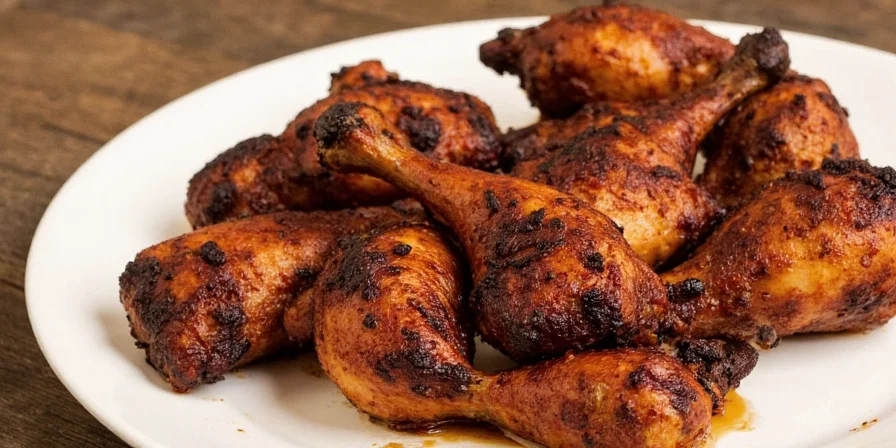
Frequently Asked Questions
Blackened chicken is one of the most flavorful ways to prepare this versatile protein, combining simple ingredients with cooking science to create something extraordinary. By understanding the balance of heat, seasoning, and technique, you can achieve restaurant-quality results in your own kitchen. The key is starting with properly dried chicken, using the right pan temperature, and not being afraid of that satisfying sizzle when the chicken hits the skillet. Once you've mastered the basics, experiment with different spice variations and pairings to make this classic technique your own. With these practical techniques and clear explanations, you'll be able to create perfectly blackened chicken that's crispy on the outside, juicy on the inside, and packed with flavor that goes far beyond ordinary grilled or baked chicken.
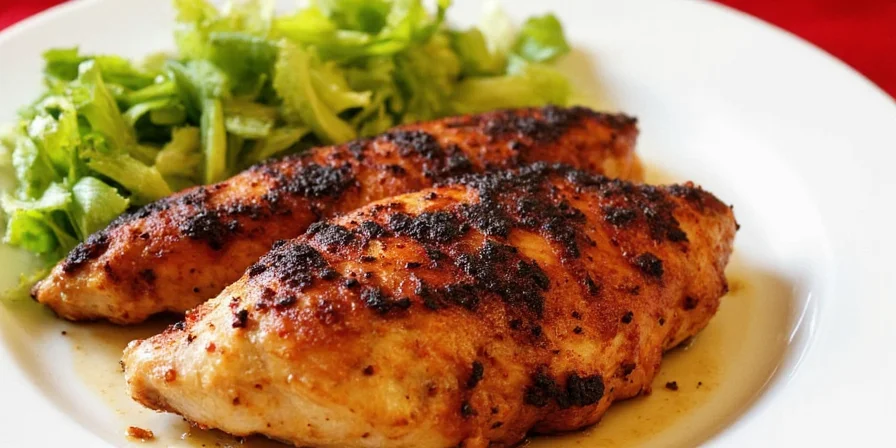

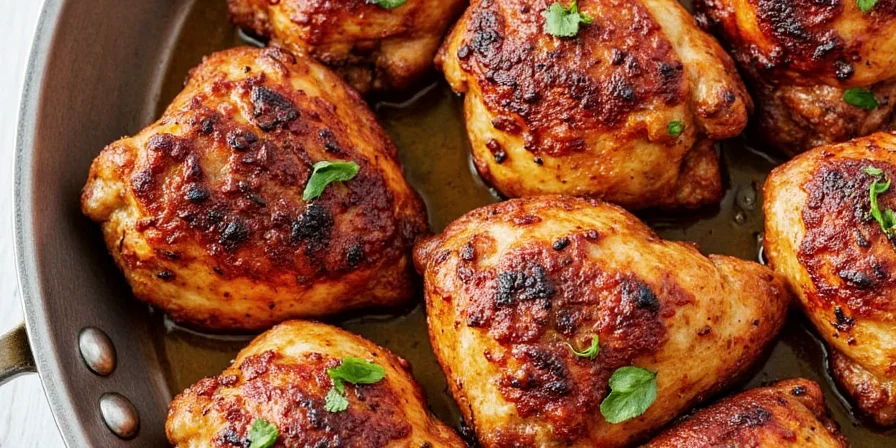









 浙公网安备
33010002000092号
浙公网安备
33010002000092号 浙B2-20120091-4
浙B2-20120091-4